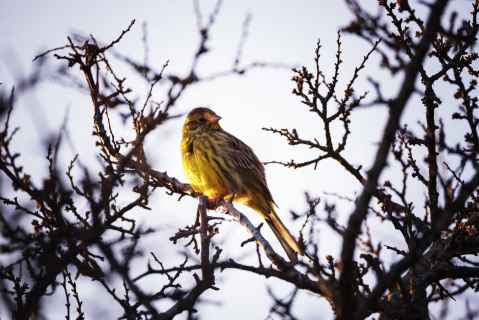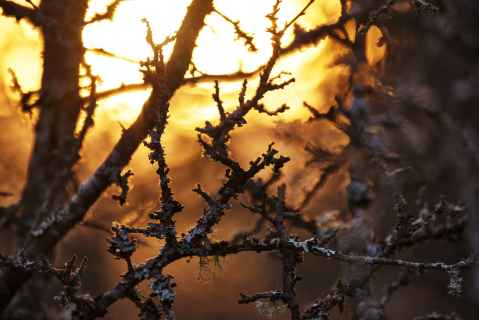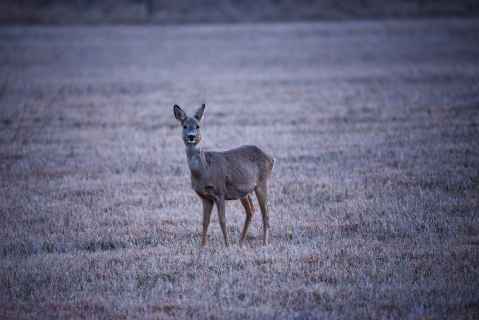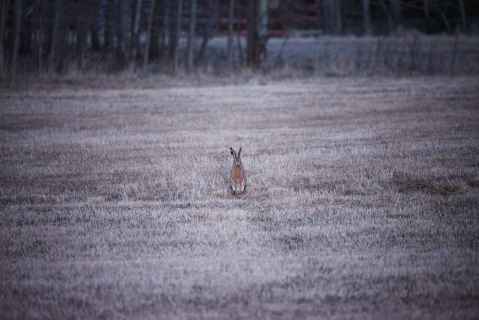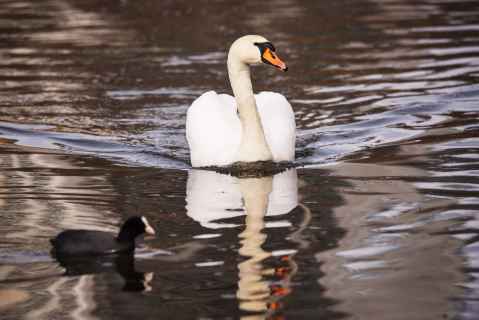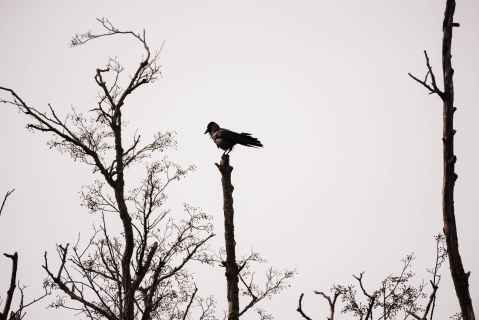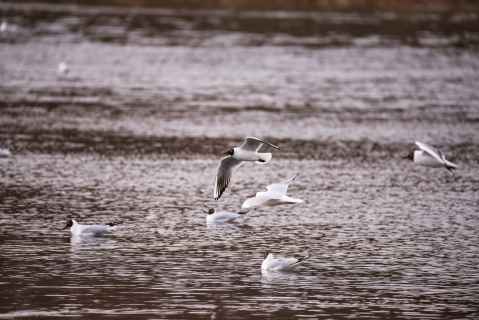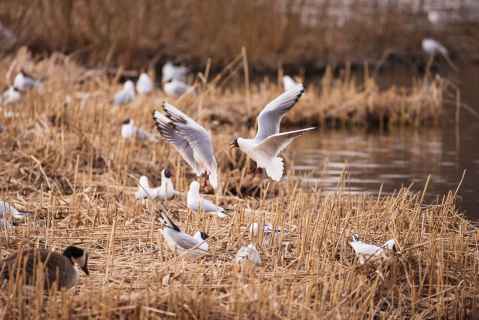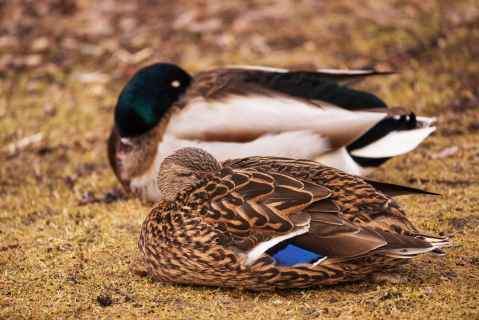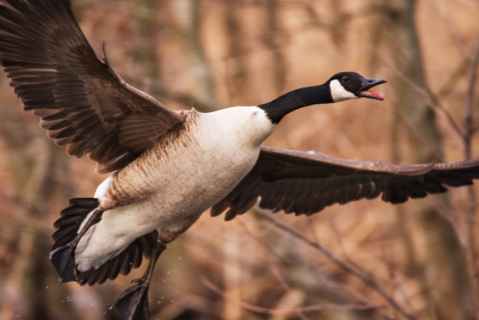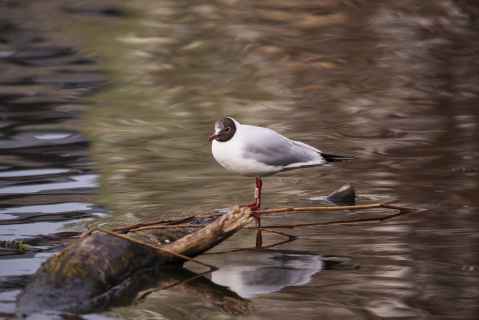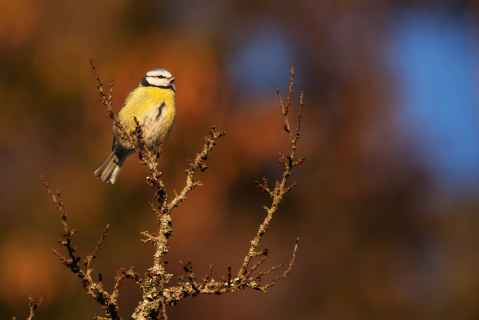What do you do when your 70-200 and your 70-300mm lenses don't give you enough zoom? Why, you get an even bigger lens! One like the go-big-or-go-home Sigma 150-600mm[a].
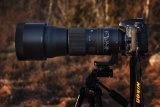
Sigma 150-600mm f/5-6.3 DG OS HSM Contemporary
Super telephoto lens for FX sensors
- Specifications
- Image stabilization
- Yes
- Focus motor
- Yes
- Weight
- 1830 g
- Focal length
- Actual
- 150-600 mm
- Aperture
- Min
- f/5-6.3
- Max
- f/22
A superb lens that punches way above its price point when played to its strengths. If you can get it to where you want to use it, and if that place has enough light, you're all set. If not, keep looking for a lens with a different set of trade-offs. (5/5)
1. What is it?
A relatively cheap super-telephoto. I got mine for about $700 used. There is a "Sports" version of the lens[b] with some more weather sealing for a bit more money and an extra kilo. The lens is a bit of a beast that pretty much requires a tripod for comfortable use. It extends enough that its center of gravity changes a bit, but if you use the built-in tripod foot you can use even a light travel tripod like the Velbon Ultra Maxi L, as seen here.
150mm600mm
2. What Do You Get?
A lot more reach.
If you are used to a 300mm lens, you'll get twice the reach. If you are used to a 200mm lens, you get three times the reach. Compared to cropping in post, that's either two or three times the linear resolution, and four or nine times the megapixels. It is a qualitative improvement: this lens will give you photos that you can't get without it. That said, it's important to understand the conditions in which the lens can deliver this performance: you'll need light, and what's more, you need to actually get the lens there.
3. The Trade-offs
Every lens feature comes with a price, and this one is no different. Depending on where you come from, you either pay a lot in weight or a lot in light.
If you start with a typical 70-300 lens[c] and get the 150-600 because you want twice the reach, you will soon realize that you haven't just acquired a new lens - you've also acquired a logistical problem. Put simply, the 150-600 is huge, and I say that as someone who has been desensitized to the size of the typical 70-200mm f/2.8. Maybe it'll fit in your backpack. Maybe it won't. I was lucky in that it just about fit in my bike bag so I could transport it. In a way, it's the first lens I own that needs its own transport vehicle.
Walking around with it is not trivial either. You can't let the lens hang from the camera, as the weight of it can damage the lens mount. The best way is to attach the lens to a tripod or monopod and carry that over your shoulder. Having the 'pod also lets you put the whole assembly down to rest your arms. While the lens is relatively light at 1.8kg (4lbs), the word "relatively" is doing a lot of lifting here - about as much lifting as you'll do hauling the lens around, which isn't a trivial amount.
If you start from a 70-200mm f/2.8 lens you'll notice that things just went very dark. The 150-600 has a max aperture of f/6.3 at the long end, which means that you have about five times less light than a f/2.8 lens and slightly less light than a typical "long zoom" lens. (In case you're wondering what a f/2.8 version of this lens would look like, Sigma has you covered with their 200-500mm F2.8[d].)
What this means is that you'll either be using this lens in daylight, or you'll use it with a camera that has somewhat good low-light / high-ISO performance. For birds I found myself at ISO 400-800 in order to have the shutter speed needed to freeze action. The Nikon D600 that I use handles that easily, but it gets slightly more complicated when trying to photograph deer or other animals that are active during dusk and I need ISO 6400.
4. Example Photos
5. Summary
A superb lens that punches way above its price point when played to its strengths. If you can get it to where you want to use it, and if that place has enough light, you're all set. If not, keep looking for a lens with a different set of trade-offs.

